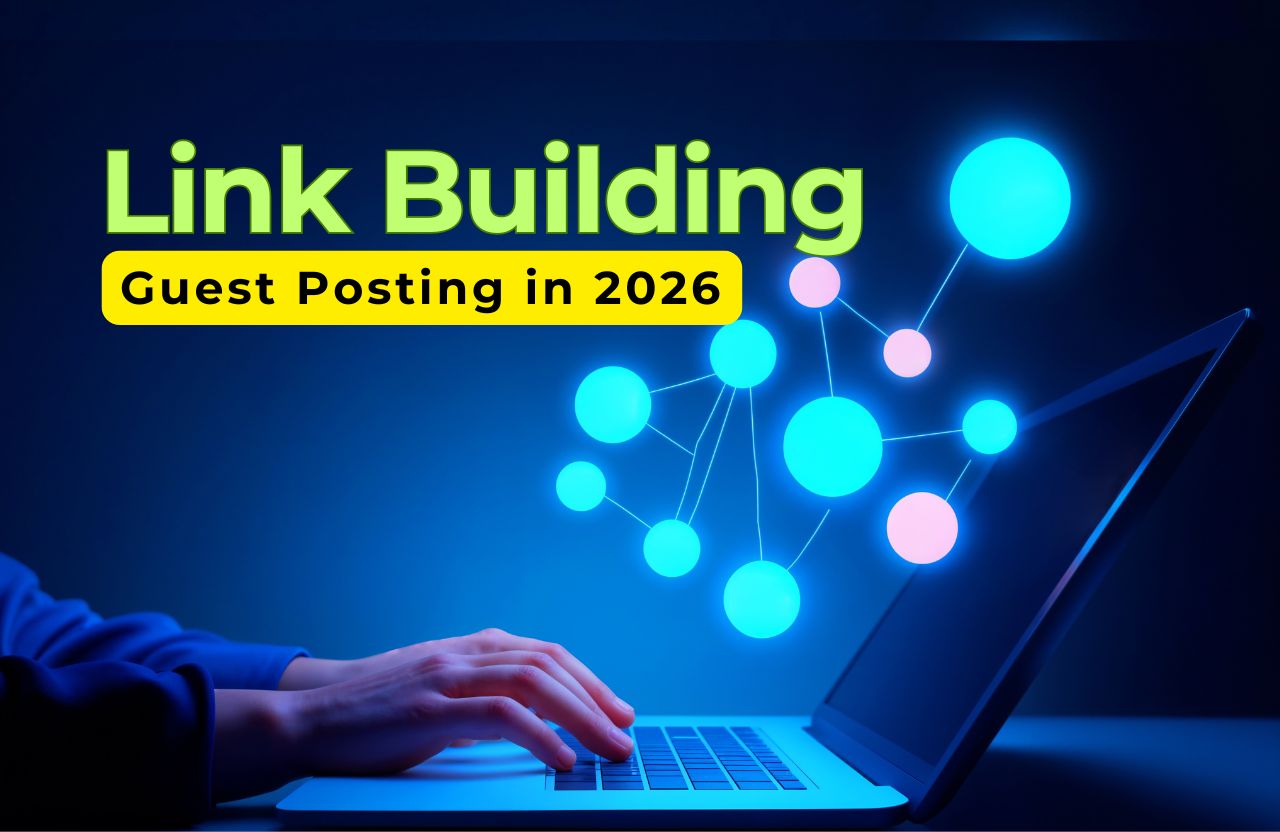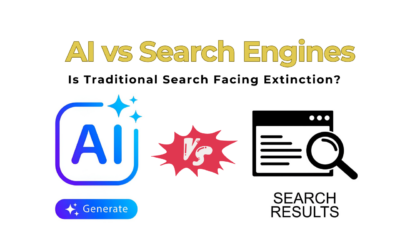In the digital age, businesses have access to sophisticated marketing techniques that help them keep potential customers engaged. One such technique is retargeting, a strategy that allows brands to re-engage users who have previously interacted with their website or product. But why does retargeting work so well? The answer lies in consumer psychology. In this blog, we’ll explore the psychological principles behind retargeting and how they influence buying decisions.
Understanding Retargeting: The Basics
Before diving into the psychology behind retargeting, it’s essential to understand what retargeting is and how it works. Retargeting, also known as remarketing, is a digital advertising strategy that targets users who have visited a website or engaged with a brand but did not complete a desired action, such as making a purchase or signing up for a newsletter.
Retargeting works by using cookies or tracking pixels to follow users as they browse the internet. When a potential customer visits a website but leaves without converting, the retargeting ad serves as a reminder to return and complete the purchase. These ads appear on social media platforms, search engines, and other websites that users visit afterward, reinforcing the brand’s presence in their minds.
The Power of Familiarity
Humans are wired to trust what is familiar. This psychological principle, known as the mere exposure effect, suggests that repeated exposure to a product or brand increases a consumer’s likelihood of making a purchase. When consumers see a retargeting ad for a product they previously viewed, their brain registers it as something familiar, making them more comfortable with the idea of buying it.
Studies have shown that people tend to develop a preference for things they see repeatedly. This is why brand recall plays such a significant role in marketing. When a user sees an ad multiple times, they begin to feel a sense of recognition and trust, which can lead to higher engagement rates and conversion.
Real-Life Example
Consider how often you see a brand’s ad after visiting its website. Maybe you were browsing for a new pair of shoes but decided not to buy them. Later, you notice the same pair appearing on your Facebook feed or in a Google ad. This repeated exposure makes the product more familiar, increasing the chances of you making a purchase when you see it again.
The Principle of Reciprocity
Another psychological trigger behind retargeting is reciprocity—the tendency for people to feel obligated to return a favor. When a brand provides valuable content, offers, or free trials, potential customers feel inclined to reciprocate by making a purchase. Retargeting ads that highlight discounts or limited-time offers leverage this principle effectively.
How to Apply Reciprocity in Retargeting
- Offering Discounts: Providing exclusive discounts to users who have previously visited your website encourages them to return and complete their purchase.
- Providing Free Resources: Brands that offer free ebooks, webinars, or other valuable content build goodwill, making users more likely to engage with their retargeting ads.
- Personalized Messaging: Ads that acknowledge the user’s past engagement (e.g., “We noticed you loved this product! Here’s 10% off to make it yours.”) create a sense of connection and obligation.
Fear of Missing Out (FOMO)
Scarcity and urgency drive decision-making. When retargeting ads emphasize limited stock or time-sensitive discounts, they create a sense of fear of missing out (FOMO). This psychological trigger pushes consumers to act quickly to avoid losing out on a deal.
Psychological Basis of FOMO
FOMO is rooted in loss aversion, a concept in behavioral economics that suggests people feel the pain of losing something more intensely than the pleasure of gaining something. When consumers see messages like “Only 3 left in stock” or “Sale ends in 2 hours,” their fear of missing the opportunity compels them to make a purchase.
Effective FOMO Strategies in Retargeting
- Limited-Time Offers: Countdown timers in ads create urgency and encourage immediate action.
- Exclusive Deals: Messaging that suggests a deal is only available for returning customers increases perceived value.
- Showing Low Stock Levels: Indicating limited availability triggers urgency in potential buyers.
The Zeigarnik Effect: Unfinished Business
The Zeigarnik Effect states that people tend to remember unfinished tasks better than completed ones. If a consumer browses a product but doesn’t complete the checkout process, their brain considers the task incomplete. Retargeting ads serve as reminders, prompting them to return and finalize the purchase.
Leveraging the Zeigarnik Effect in Retargeting
- Abandoned Cart Reminders: Sending personalized ads or emails reminding users of items left in their cart.
- Follow-Up Ads: Displaying ads that encourage users to continue where they left off.
- Incentives for Completion: Offering a discount to complete the purchase can motivate hesitant buyers.
Social Proof and Trust
Consumers often look to others for validation before making a purchase decision. Retargeting ads that feature customer reviews, testimonials, or influencer endorsements capitalize on the principle of social proof, reassuring potential buyers that others have had a positive experience with the product.
The Role of Social Proof in Decision Making
Humans are social creatures, and we often rely on the experiences of others when making purchasing decisions. Seeing that others have bought and enjoyed a product reassures us of its quality and usefulness.
Ways to Integrate Social Proof into Retargeting
- Showcasing Testimonials: Featuring positive customer feedback in ads.
- Highlighting Popular Products: Displaying messages like “Join 10,000+ happy customers.”
- Leveraging Influencers: Using endorsements from trusted personalities increases credibility.
Overcoming Buyer Hesitation
Many consumers hesitate before making a purchase due to concerns about cost, quality, or necessity. Retargeting can address these objections by offering additional information, product demonstrations, or special deals to alleviate doubts and reinforce the value of the product.
Strategies to Reduce Buyer Hesitation
- Providing Money-Back Guarantees: A risk-free purchase increases confidence.
- Comparing Products: Showing how your product stacks up against competitors.
- Answering Common Questions: Addressing FAQs directly in retargeting ads.
Personalization in Retargeting
Personalization enhances engagement by delivering relevant content based on a user’s past behavior. Consumers are more likely to respond to ads tailored to their interests and needs.
Personalization Techniques
- Dynamic Ads: Displaying products a user has previously viewed.
- Segmented Audiences: Creating different retargeting campaigns based on user behavior.
- Customized Offers: Discounts or incentives based on previous interactions.
Conclusion
Retargeting is more than just a marketing strategy—it’s a powerful psychological tool that taps into human behavior and decision-making patterns. By leveraging principles such as familiarity, reciprocity, FOMO, and social proof, brands can influence purchasing decisions and drive conversions more effectively. Businesses that understand and apply these psychological triggers in their retargeting campaigns will not only increase sales but also build stronger connections with their customers.
Are you using retargeting to its full potential? Let us know in the comments how it has influenced your buying behavior!












